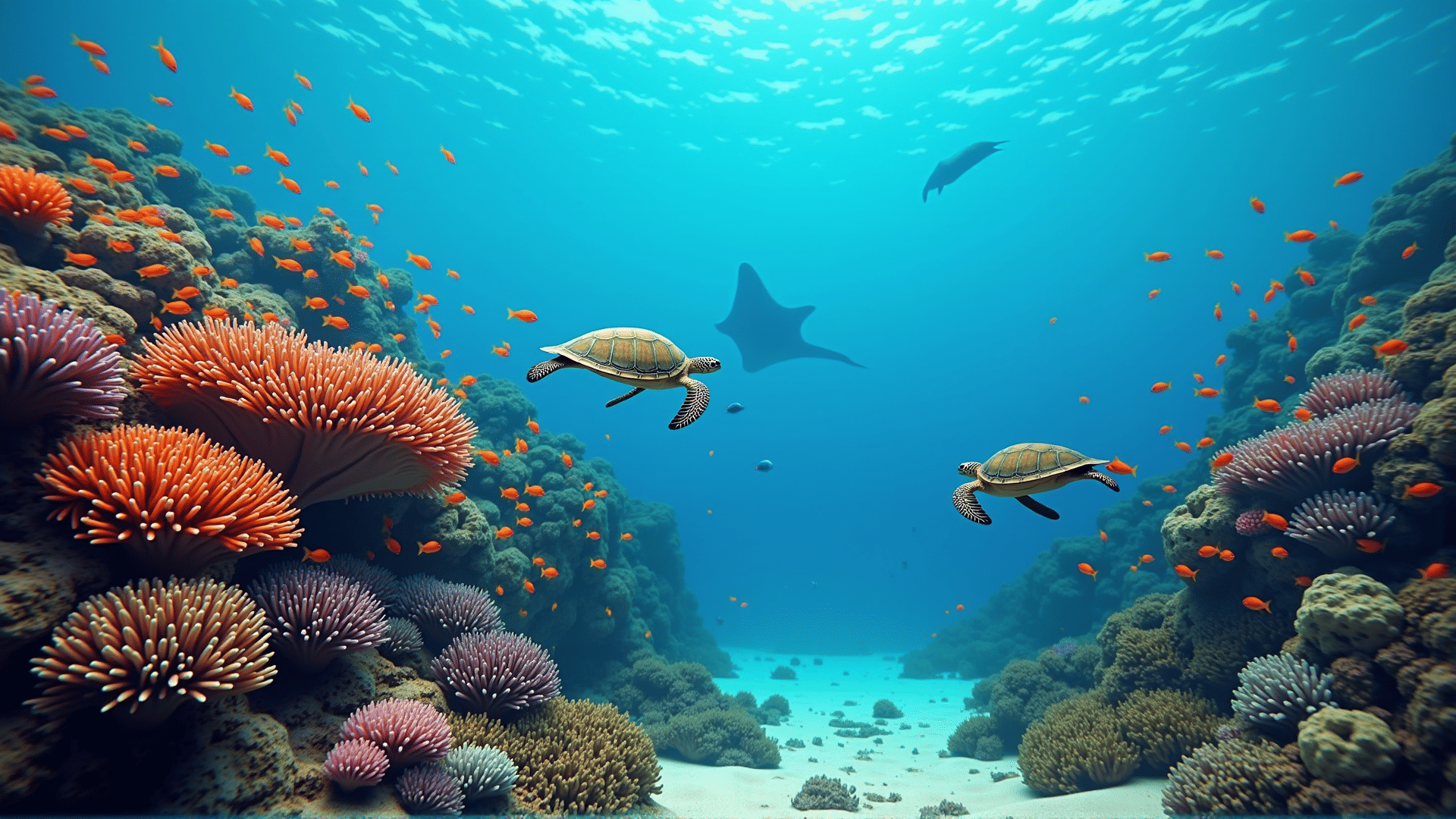The Philippine archipelago, with its more than 7,000 islands, is home to some of the world's most biodiverse marine ecosystems. From vibrant coral reefs to extensive mangrove forests, these ecosystems support an incredible variety of marine species. Protecting this rich marine life is crucial not only for the health of the environment but also for the millions of people who depend on the sea for sustenance and livelihood.
Efforts to safeguard marine life in the Philippines encompass a range of strategies aimed at fostering ecological balance. At the forefront are marine protected areas (MPAs), which play an essential role in conserving critical habitats. These protected zones are established to restrict destructive activities, allowing ecosystems to recover and thrive. Within MPAs, strict regulations on fishing and resource extraction help rebuild fish populations and enhance biodiversity, creating refuges for marine species.
Community involvement is another key component of marine conservation initiatives. Local communities are encouraged to participate in conservation efforts, recognizing their deep connection to coastal resources. Through educational programs and community-led projects, residents are empowered to take part in sustainable practices such as responsible fishing and mangrove reforestation.
The collaboration between scientific research and policy development has also been instrumental in advancing marine conservation. Ongoing research provides valuable insights into the health of marine ecosystems, leading to evidence-based policies and actions. For instance, studies on the impacts of climate change on coral reefs guide adaptive measures to bolster their resilience against rising sea temperatures and ocean acidification.
Educational campaigns further elevate awareness about the significance of marine conservation. By increasing public understanding of the ecological importance of marine life and the threats it faces, these initiatives foster a sense of responsibility among individuals and communities. Educational programs often highlight sustainable practices, such as reducing plastic waste and participating in coastal clean-ups, which contribute to healthier marine environments.
The protection of marine life in the Philippines is not without challenges. Illegal fishing practices, pollution, and habitat destruction continue to pose significant threats. Nevertheless, the dedication to overcoming these obstacles is palpable, as various sectors work tirelessly to promote sustainable interactions with the marine environment.
By championing a holistic approach that combines protection, education, and community engagement, the Philippines sets an inspiring example of how to nurture and sustain marine life. The ongoing commitment to ecological balance ensures that these marine treasures can be enjoyed by future generations, fostering harmony between the people and the sea.
